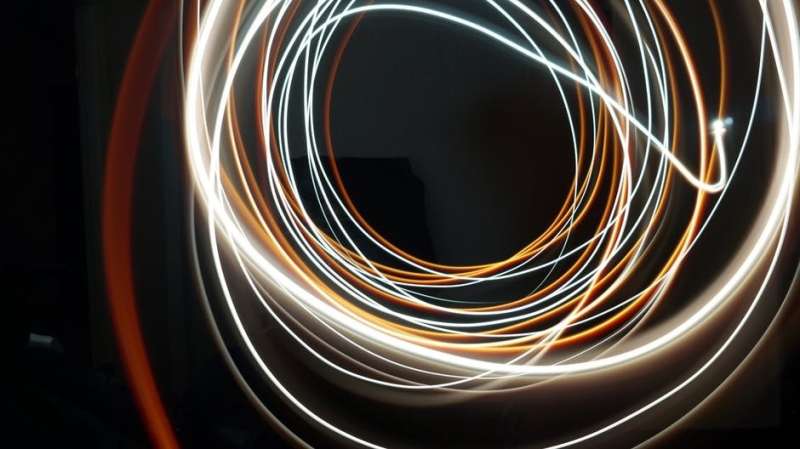November 20, 2017 feature
Physicists unify quantum coherence with nonclassicality of light

(Phys.org)—Physicists have demonstrated that two independently developed concepts—quantum coherence and the nonclassicality of light—both arise from the same underlying resources. The ability to explain seemingly distinct phenomena within a single framework has long been a fulfilling aspiration in physics, and here it may also have potential applications for quantum information technologies.
The physicists, Kok Chuan Tan, Tyler Volkoff, Hyukjoon Kwon, and Hyunseok Jeong, at Seoul National University, have published a paper on their work in a recent issue of Physical Review Letters.
"The results unify two well-known yet independently developed notions in quantum information theory and quantum optics: the concept of quantum coherence that was recently developed based on the framework of quantum resource theories, and the notion of nonclassicality of light that has been established since the 1960s based on the quantum theory of light," Jeong told Phys.org.
As Jeong explained, an important question in physics is how to draw the line between "quantum" and "classical" and how to quantify the degree of "quantum." In their new work, the physicists developed a procedure that quantifies the amount of coherence in a superposition of coherent states. This information essentially tells how "quantum" vs. how "classical" these states are, which is useful for many quantum information tasks.
In the process of doing this, the scientists found that the same resource that measures coherence can also be used to measure the nonclassicality of light. This finding helps to explain some previous observations, such as that both coherence and nonclassical light can be converted to quantum entanglement. As the new results show, this is because nonclassical light may be interpreted as a form of coherence.
"I think it is always interesting to apply new ideas to old concepts to see if we can get additional insight," Tan said. "In this case, the resource theory of coherence is a relatively new tool available to the community while nonclassical light is, comparatively speaking, a much older concept from a mature field of study. By providing a connection between the two concepts, our hope is to be able to create synergy, where the tools and insights we gain from coherence can be used to achieve greater insight into the inner workings of nonclassical light and vice versa. For instance, our work suggests that the fact that both coherence and nonclassical light can both be converted to entanglement is no mere accident."
He added that the unification of these two concepts may open the doors to unexpected discoveries in the future.
"Then there is this idea of unification," he said. "Parsimony is a virtue as far as physics is concerned, so there is an inherent appeal in having a single framework rather than treating things separately. We show that this is possible, but not necessarily straightforward. The fact that there is a way to treat discrete system coherence and continuous nonclassical light on equal footing also suggests methods to study the nonclassical effects that arise from the intersection of these two regimes. This intermediate regime can possibly lead to new and interesting quantum phenomena."
In the future, the researchers plan to further investigate the connection between the two phenomena, with the hope that it may lead to practical applications.
"For now, we are still in the early stages of trying to leverage this parallelism between coherence and nonclassical light," Tan said. "There are some promising applications of coherence that may be ported over, with some wrangling of course, to the continuous variable, quantum light side of things and vice versa which we are looking into.
"As previously mentioned, we are also interested in studying the regime where nonclassical light interacts with discrete systems, such as spins or atoms. This is a key component of quantum information and communication technology where light interacting with matter is commonplace, so we are hopeful that the nonclassicality in this regime can eventually be converted over to perform some useful task."
More information:
Kok Chuan Tan et al. "Quantifying the Coherence between Coherent States." Physical Review Letters. DOI: 10.1103/PhysRevLett.119.190405
Also at arXiv:1703.01067 [quant-ph]
Journal information: Physical Review Letters
© 2017 Phys.org



















